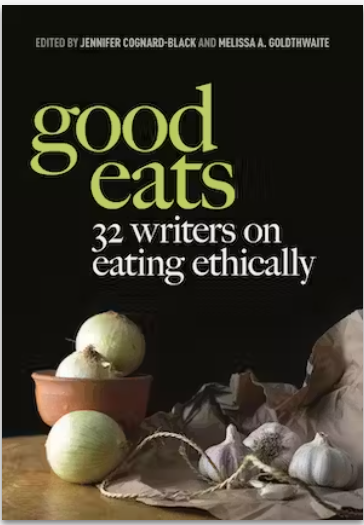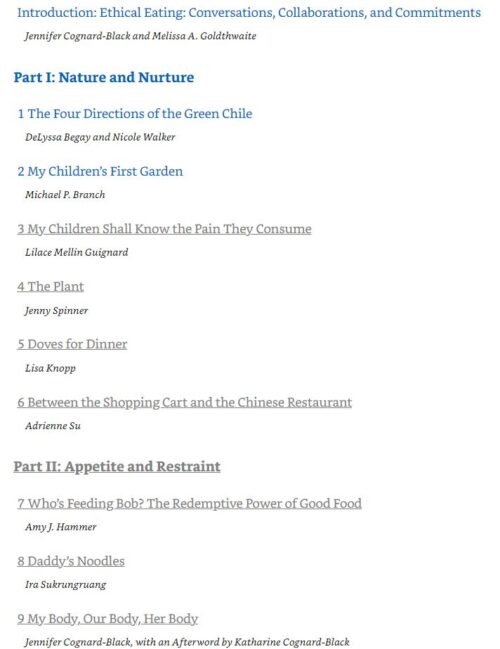An endless saga, alas: contamination of leafy greens
Last summer, food safety lawyer Bill Marler wrote a blog post:
28 years of Leafy Green E. coli Outbreaks – We can and should do better! E. coli outbreaks associated with lettuce, specifically the “pre-washed” and “ready-to-eat” varieties, are by no means a new phenomenon. In fact, the frequency with which this country’s fresh produce consuming public has been hit by outbreaks of pathogenic bacteria is astonishing. Here are just a sample of E. coli outbreaks based on information gathered by the Center for… Continue Reading
It includes a long list of illness outbreaks (more than one case attributed to a particular source) from 1995 through 2022 caused by contaminated salad greens.
I did not add them up but the FDA reports a total of 78 foodborne disease outbreaks linked to leafy greens (mainly lettuce) from 2014–2021 reported to the CDC. During this period, the CDC issued outbreak notices for several of the outbreaks.
Their cause: leakage of animal waste from Concentrated Animal Feeding Operations (CAFOs) onto vegetable fields. This happens often enough to be worth advising against eating bagged salads from California or Arizona.
Bill Marler doesn’t eat bagged salads at all (see the 6 foods he won’t eat):
Prewashed or precut fruits and vegetables. “I avoid these like the plague,” Marler says. Why? The more a food is handled and processed, the more likely it is to become tainted. “We’ve gotten so used to the convenience of mass-produced food—bagged salad and boxed salads and precut this and precut that,” Marler says. “Convenience is great but sometimes I think it isn’t worth the risk.” He buys unwashed, uncut produce in small amounts and eats it within three to four days to reduce the risk for listeria, a deadly bug that grows at refrigerator temps.
Buy greens from farmers’ markets or grow your own. If that seems impossible, buy them whole and grown in places unlikely to be neear CAFOs. And wash them well in running water.



